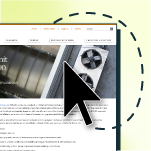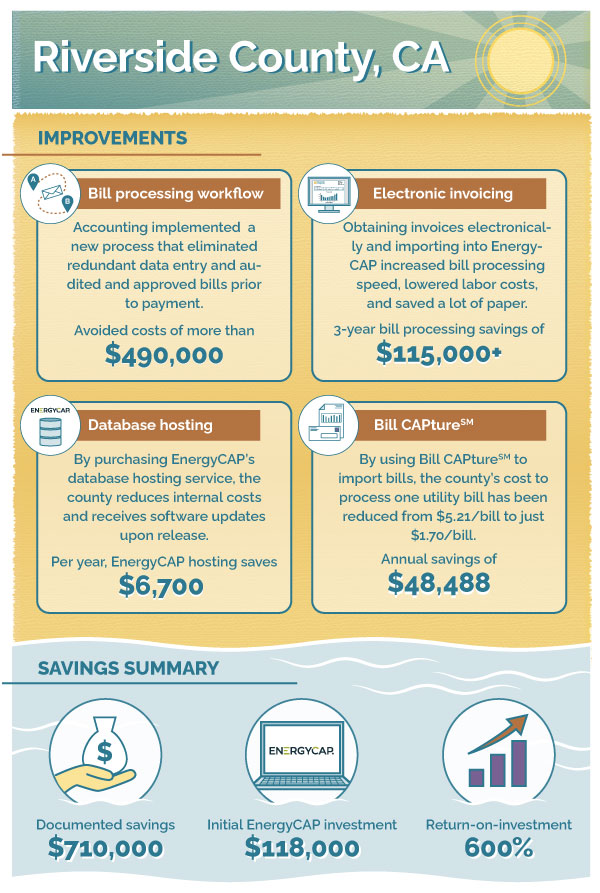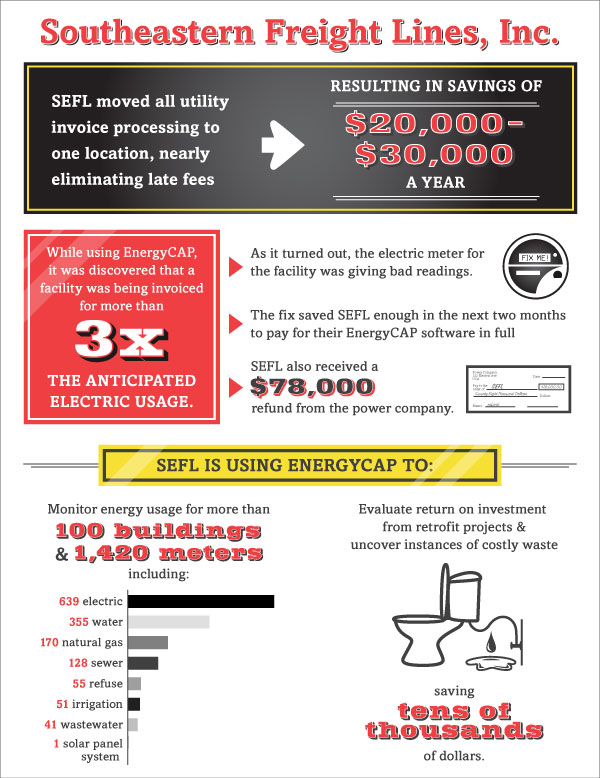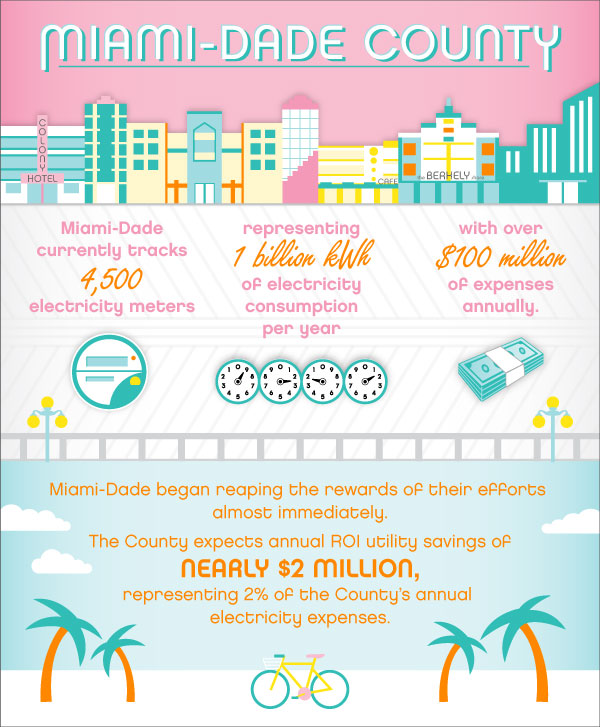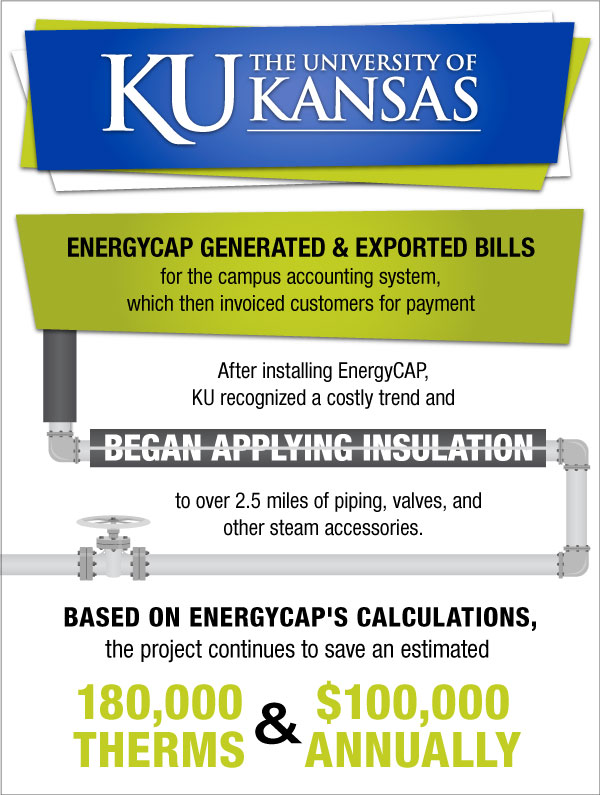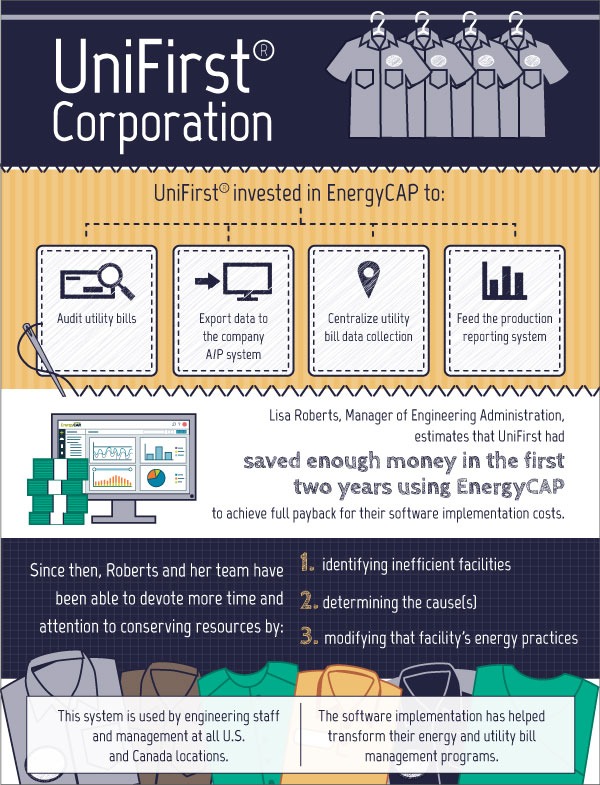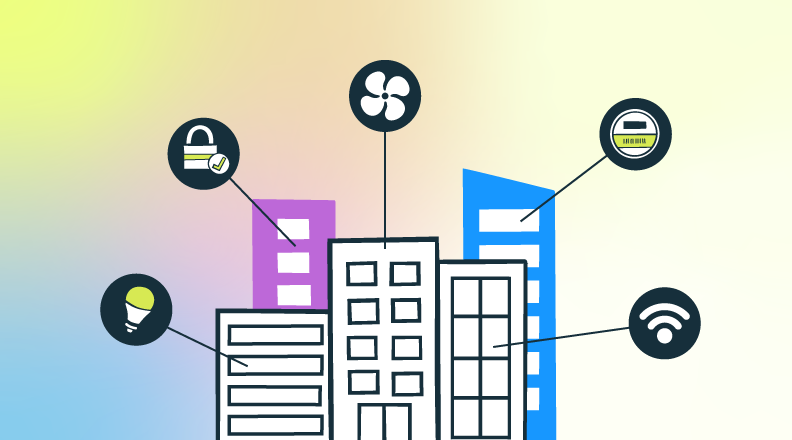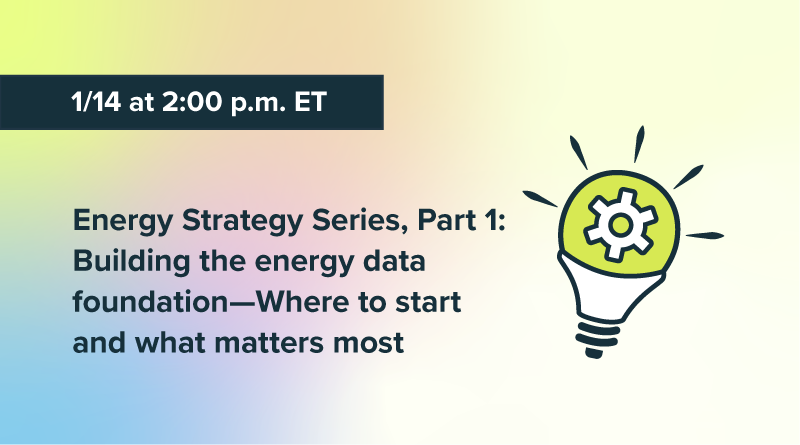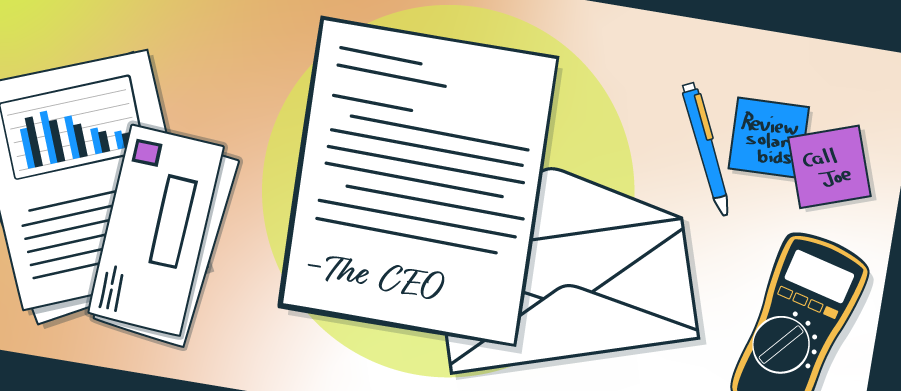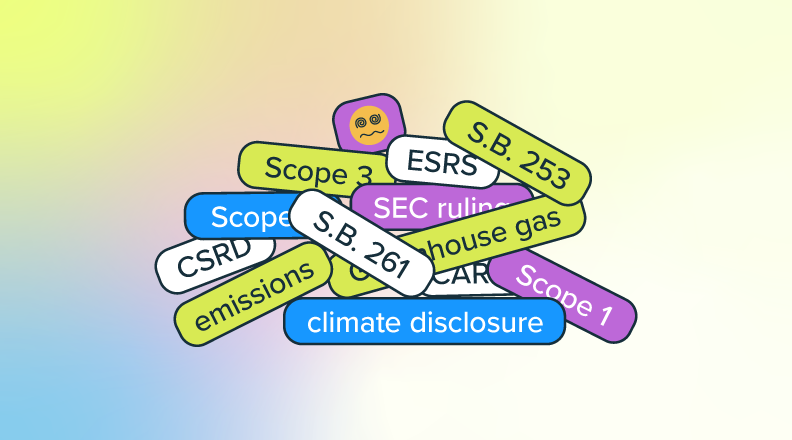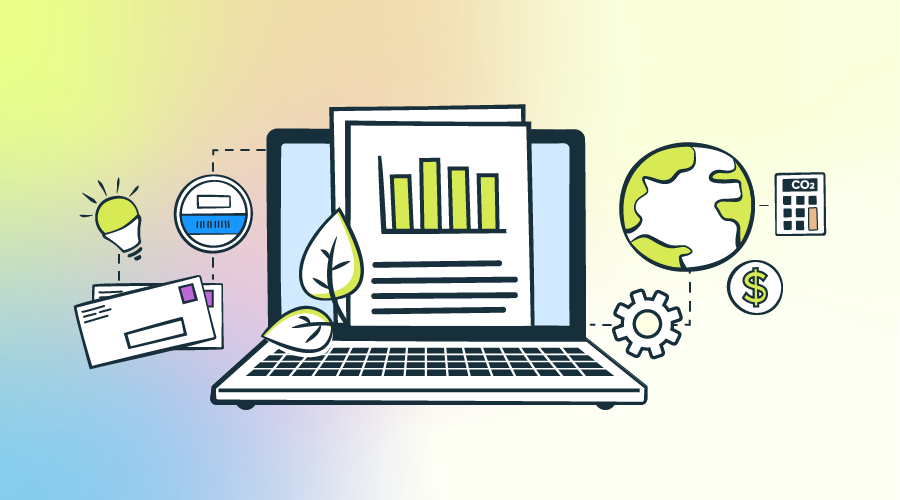Expected return-on-investment (ROI) is a critical component of most large capital purchase requests. An energy and sustainability ERP is no exception. Implementing a comprehensive ERP requires a substantial investment of monetary and labor resources, and it may take a year (or longer) before benefits are documented. But rest assured, benefits will be realized.
How much money you will save depends on many factors: how well you are currently managing utility accounts; how much emphasis and resources senior management has applied (and will apply) to energy management; and what tariff and energy supply alternatives are available. That said, it is common for first-year savings and cost recoveries to exceed 1% of the user’s annual utility budget, and dollar savings tell a good story.
Feedback from our clients shows near-term savings in the following areas:
- Account ownership. It is common for organizations to, upon implementing an ERP, discover that they are paying for utility accounts that they do not own or were supposed to have been closed. Putting an exact dollar amount on this can be difficult, but the savings can be substantial. One client reported they were paying approximately $500,000 per year for an account they did not own. This provided an immediate savings and more than covered the cost to implement the ERP.
- Bill processing. Experts estimate that the cost to process and pay one utility bill is $10-$20, when labor, IT, equipment, and postage costs are accounted for. The total cost to implement the EnergyCAP energy and sustainability ERP is approximately 25% of that cost. Outsourced utility bill processing is often much less expensive, frees your staff to focus on higher-value tasks, and is less likely to be impacted by international pandemics.
- IT costs. When evaluating the cost of implementing and hosting an ERP, IT costs are commonly underestimated. Software license (Microsoft, VM Ware, backups, penetration tests, etc.) and hardware costs to support a system are substantial. Then there are labor costs for setting up and maintaining the hardware and software. The fee for outsourced application hosting is usually a fraction of self-hosting costs, plus it typically includes increased data security, application upgrades, and technical support.
- Identifying billing issues. The most common source of savings are ERP-identified billing errors. Utility companies are not perfect, and mistakes do happen. All too often, accounting personnel prioritize on-time payment over verifying a bill’s accuracy. An ERP can analyze and evaluate usage, demand, rate schedule appropriateness, and other values that accounting systems cannot. This results in a deeper level of checking to ensure bills are accurate before they are paid.
- Streamlined reporting and compliance. Many state and local governments have mandated energy use reductions or ENERGY STAR benchmarking submissions. Imagine being able to press “the easy button” so compliance requirements are met in minutes, without weeks or months of labor-intensive data gathering, validation, and submission.
- IPMVP-compliant savings calculations. Cost savings are typically the primary driver behind retrofits and other energy management projects. Using an IPMVP-compliant ERP to calculate and report avoided costs confirms your successes. EnergyCAP users have documented billions of dollars of avoided costs resulting from energy use reduction initiatives. Many have reported year-over-year avoided costs of 20% or more.
- Better management. Implementing an EMIS can result in the elimination of utility bill late fees and other invoice payment issues, along with the proper handling of cancelled bills and rebills, and accurate accounting of deregulated accounts.
How OSU Reduces Energy Waste
The Need
Oklahoma State University’s mission to establish a “culture of conservation” was spawned out of need and a dedication to “do what’s right, even when it’s hard.” As the university grew, so did its energy consumption and, therefore, its annual utility budget. Leadership recognized the advantages—environmental and monetary—of conserving energy and set out to establish an organized energy management program.
The Solution
Three potential approaches to energy and cost savings were considered: (1) Install new, energy-efficient equipment; (2) Negotiate new rates with utility vendors; (3) Establish a behavior-based conservation program.
The decision was made to begin with a behavior-based, no capital investment program, and in June 2007, Energy Management Policy 1-0520 was established. Concurrent with initial communication and energy management steps, OSU implemented the EnergyCAP ERP.
Prior to EnergyCAP’s implementation, approximately 1,000 submeter readings were handwritten in logbooks every month.
EnergyCAP allowed for the immediate upload of meter readings directly to the database. An interface was established between EnergyCAP and the university’s Banner accounting system. With these advancements, vendor and self-generated utility bills—calculated by EnergyCAP—could be audited and approved in EnergyCAP prior to being charged out.
The Benefits
The effectiveness of OSU’s conservation efforts was verified through EnergyCAP’s Cost Avoidance calculations. Lower energy use allowed the university to defer the purchase of a new chiller for the Stillwater, OK campus for five years. The university’s utility budget was not increased over that same five-year period, despite the addition of 566,000 sq ft of building space. Documented cost avoidance for the period of FY 2007—2012 was approximately $20 million.
Energy savings continued after 2012. In 2013, multiple individual facilities verified cost avoidance in excess of $1 million, and the university’s student housing facilities earned ENERGY STAR awards for their top 25% energy efficiency rankings. Since the program’s inception (2007—2019), OSU has documented savings of nearly $359 million and a cost avoidance of 18.6%.
Read the Oklahoma State University case study.
SEFL Employs Energy Data Management to Great Success
The Need
Southeastern Freight Lines, Inc. (SEFL) lacked an in-house system to check utility rates and track energy spending, and there was no system in place to maintain historical energy data for auditing or M&V. The energy management staff were tasked with monitoring all energy invoices, as well as designing retrofit projects, but without a central system for collecting and analyzing the data, accurate data gathering was nearly impossible.
SEFL desperately needed to get a handle on the energy use for their facilities. Since each of the facilities paid their own invoices, tracking overall use and cost was inconsistent. What’s more, many of the facilities did not have trained energy personnel familiar with power and water systems, which meant the invoices that were entered were not necessarily accurate. SEFL needed a way for all energy related invoices to be checked by someone who spoke the language of energy management.
The Solution
SEFL implemented the EnergyCAP ERP in 2009 because they determined it was simple, reliable, and quick. EnergyCAP enabled the organization to centralize their utility bill processing, allowing energy professionals to review utility bills before they are paid and capture valuable energy data.
The Benefits
By centralizing the process and training staff to understand the terminologies used for invoicing for the various tracked commodities, SEFL was able to get better reporting on the line item costs that they could control. This has enabled the company to make internal corrections to the way they are using their utilities:
- Late Fees: Moving all invoice processing to one location enabled SEFL to nearly eliminate late fees, saving between $20,000 and $30,000 a year.
- Error Correction: By finding the errors before the invoice is paid, SEFL reduced the time to make payment corrections.
- Savings Through Retrofit M&V: While tracking energy associated with a retrofit project, EnergyCAP’s M&V analysis highlighted that a facility was being invoiced for more than three times the anticipated electric usage due to a malfunctioning meter. The fix saved SEFL enough in the next two months to pay for EnergyCAP in-full, and SEFL also received a $78,000 refund from the power company.
Read the SEFL case study.
Pro Tip: If your organization uses renewable energy sources, ensure you use reliable renewable energy monitoring software that delivers KPIs across multiple sites and supports defensible GHG reporting.
Miami-Dade County, FL
The Need
Miami-Dade County (MDC) on Florida’s south-eastern coast is home to more than 2.5 million people. The County’s building portfolio—more than 1,500 facilities—is complex and constantly changing. It includes the County’s top two sources of revenue, the Miami International Airport and PortMiami, as well as other public service facilities: 70 fire stations, 100 parks, 43 libraries, and many others.
The County had been tracking a portion of the utility bills with a legacy in-house Energy Management System (EMS). However, the EMS was not capable of countywide utility management. As a result, accounts not processed via EMS required staff to manually enter data into the different financial systems the County had in place, and all bill auditing was done manually.
The Solution
MDC started their EnergyCAP implementation in January 2012 and has been fully automated with EnergyCAP since October 2012.
At the time of their ERP implementation, MDC tracked 4,500 electricity meters, representing one billion kilowatt hours (kWh) or electricity consumption per year with over $100 million of annual cost.
The Benefits
MDC leaders estimate an annual ROI utility savings of $2 million, representing two percent of the county’s annual electricity expenses. The savings are attributed to a streamlined utility bill workflow and being able to see the electricity use and cost data and make corrective changes in a timely fashion.
Read the Miami-Dade County, FL case study.
The University of Kansas
The Need
With a multi-campus structure, the University of Kansas (KU) needed to track and audit measurements from more than 1,100 meters and submeters; allocate energy use to a complex structure of divisions and departments; and equitably charge back for energy use. The Facility Management Department also had to provide utility data on demand for custom reports requested by multiple stakeholders.
The Solution
KU made the decision to implement the EnergyCAP ERP in 2006, and energy accounting for approximately 90% of the university’s property portfolio is managed in EnergyCAP:
- Chargebacks— KU uses bill splits, calculated accounts, and virtual meter scripts to process chargeback accounts.
- Audits— EnergyCAP’s bill audit process has proven to be effective in finding and correcting billing and data entry errors.
- Trend Analysis— EnergyCAP PowerViews™ (charts and graphs of utility billing data) make it easy to quickly identify and respond to anomalies in energy use and cost.
- Interval Data Analysis—Interval data provides detailed information regarding energy use patterns and helps to estimate future energy demand.
- Measurement & Verification— EnergyCAP’s Cost Avoidance feature uses the whole-building methodology, a recognized measurement and verification protocol used by energy consultants for performance-based contracting.
The Benefits
For KU, primary value was derived from the software’s ability to calculate and invoice complex chargeback transactions, “a high priority business process.” In addition, the bill auditing features contributed to energy and facility management processes. EnergyCAP Powerviews made it easier for staff to track energy use trends, and the Cost Avoidance feature enabled measurement and verification for a large scale energy project.
Read the University of Kansas case study.
UniFirst Corporation
The Need
With an international workforce dispersed to multiple locations, it was difficult for UniFirst Corporation to track energy rates for multiple vendors. To make matters worse, a decentralized utility bill pay process was causing confusion in managing hundreds of utility accounts, resulting in a high volume of late fees for utility bills that were not being paid on time.
Without a central system for maintaining and reporting use/cost data, there was no way to benchmark the performance of different facilities to spot energy issues and prioritize responses. The company lacked the tools and infrastructure to productively handle and leverage energy information.
The Solution
UniFirst invested in the EnergyCAP ERP to audit utility bills, export required data to the company A/P system, provide energy information for facilities managers, and feed the production reporting system. This system is used by engineering staff and management at all U.S. and Canada locations.
Utility bills are now received at a central location, are entered into EnergyCAP and then reviewed for accuracy. A user-customized dashboard provides the ability to check usage compared to prior bills in order to catch any billing/meter issues up front before bills are paid.
The Benefits
Utility bills are processed far more quickly than before, which has reduced late fees—especially for water bills. From 2013 to 2015, late fee payments had dropped by 44 percent.
Bill batches are now electronically passed to the PeopleSoft A/P system during an overnight process using a voucher code file. The A/P system cuts checks and mails them out to vendors twice weekly.
Thanks to the data feed provided by EnergyCAP, managers have been able to more accurately determine how much electricity, natural gas, and water is being used to process garments using the ‘100 pounds of garments processed’ production metric.
Sewer surcharges were targeted using a custom report that EnergyCAP developed. UniFirst can not only report on the surcharge category, but can provide additional granular data for the three types of surcharges they deal with. At one plant, UniFirst was able to lower sewer fees from $1,200/month to just $246/month by addressing the issues the produced the surcharges.
Read the UniFirst case study.


